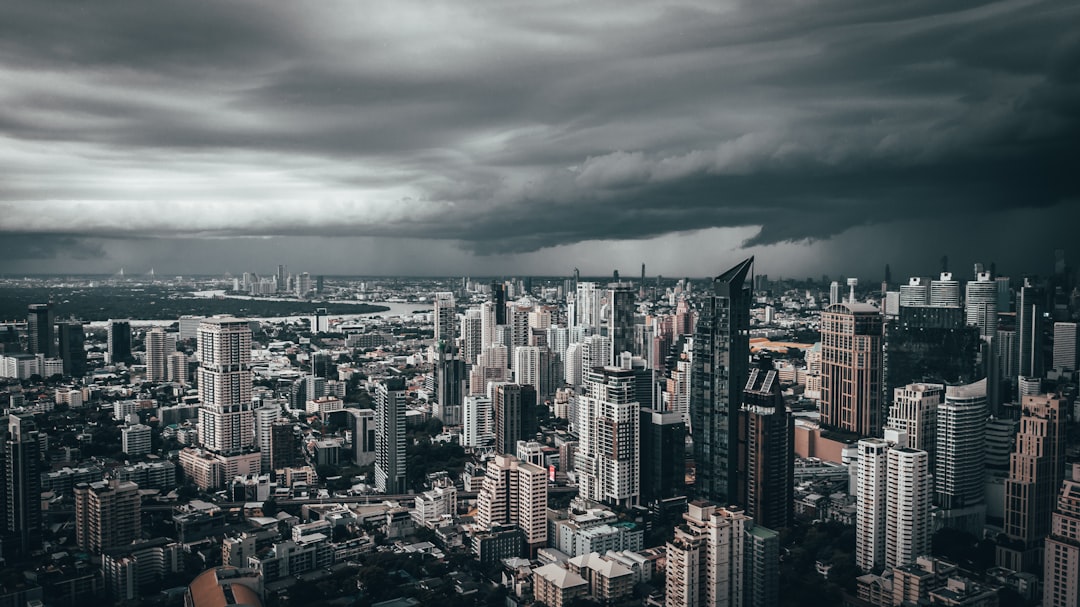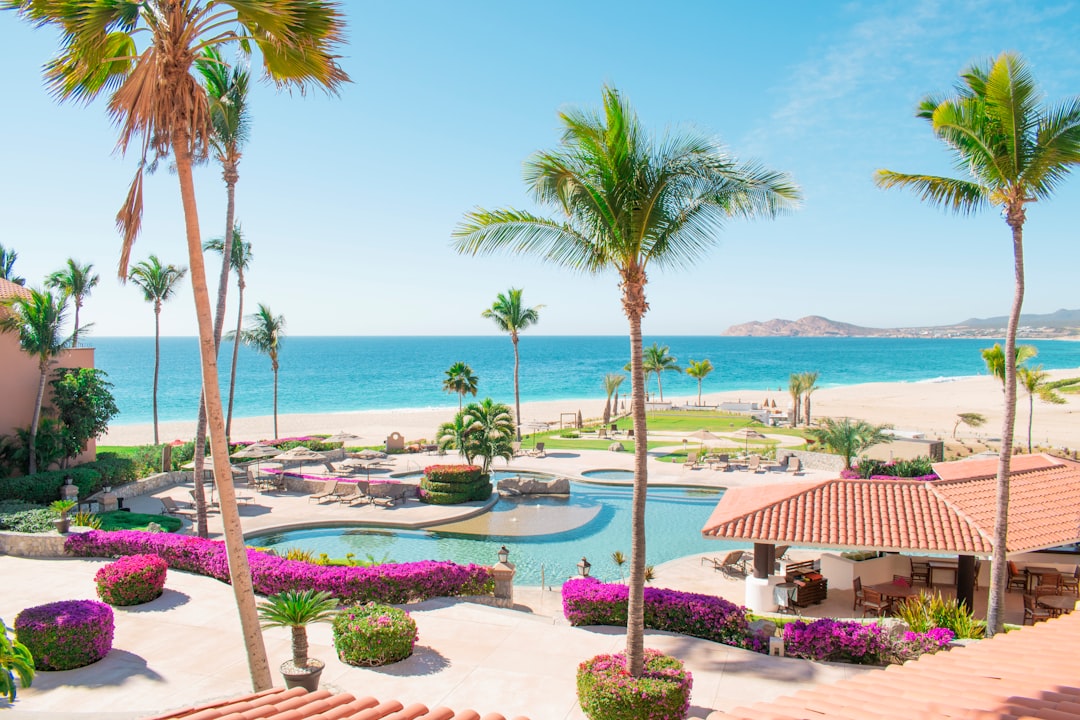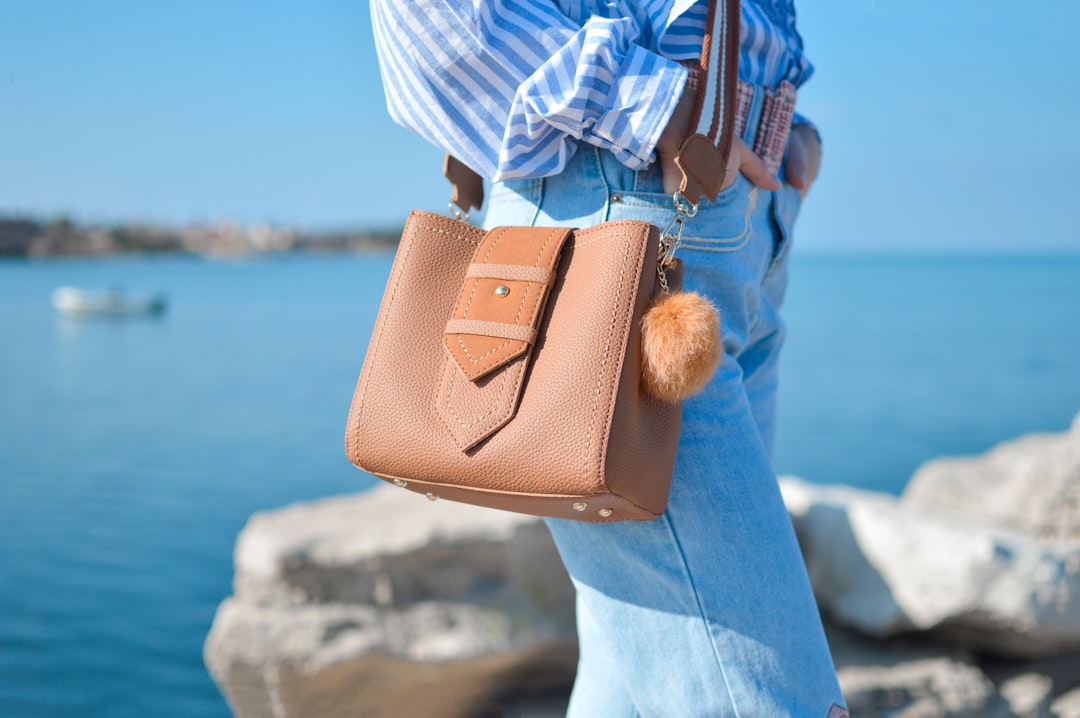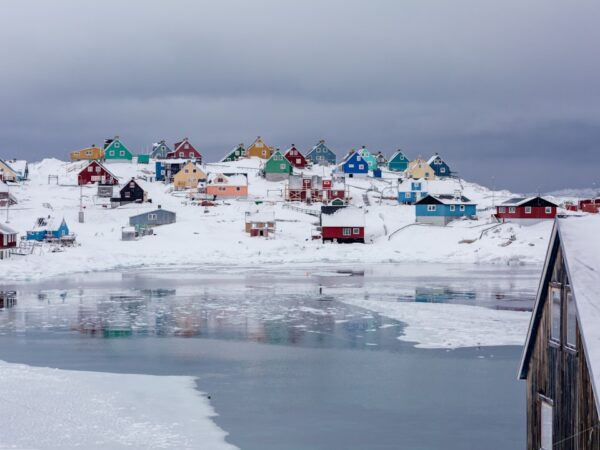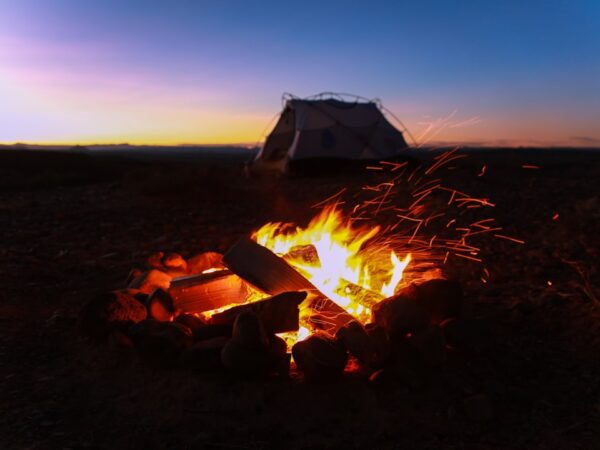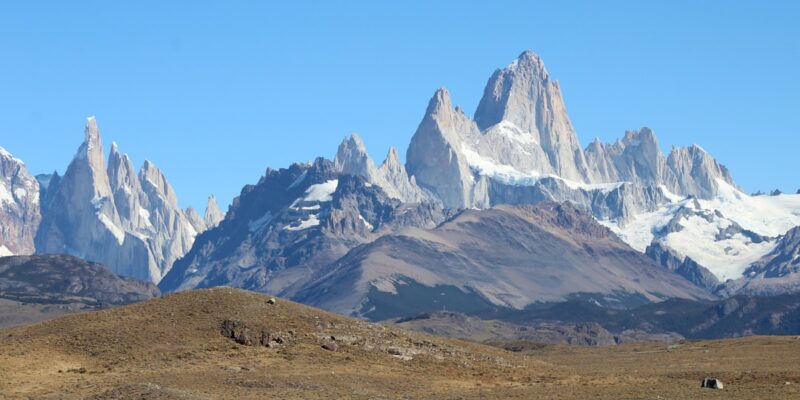
Patagonia’s Solo Trekking Escapades
Patagonia, located at the southern tip of South America, is a region known for its breathtaking natural beauty and rugged landscapes. With its towering mountains, pristine lakes, and vast glaciers, it is a paradise for outdoor enthusiasts, particularly solo trekkers. Solo trekking in Patagonia offers a unique opportunity to immerse oneself in the stunning wilderness and challenge oneself both mentally and physically.
However, embarking on a solo trek in Patagonia requires careful preparation and planning. The region’s remote and unpredictable nature means that trekkers must be well-equipped and knowledgeable about the challenges they may face. This article will provide a comprehensive guide to solo trekking in Patagonia, including the best time of year to go, essential gear and equipment, top trekking routes, encounters with flora and fauna, challenges and risks, safety tips, and the benefits of solo trekking.
Key Takeaways
- Patagonia offers incredible opportunities for solo trekking adventures
- The best time to trek solo in Patagonia is during the summer months (December-February)
- Essential gear for Patagonia’s solo treks includes sturdy hiking boots, warm clothing, and a reliable tent
- Top solo trekking routes in Patagonia include the Torres del Paine Circuit and the Fitz Roy Trek
- Patagonia’s unique flora and fauna encountered on solo treks include guanacos, condors, and the lenga tree
- Challenges and risks of solo trekking in Patagonia include unpredictable weather and difficult terrain
- Safety tips for solo trekkers in Patagonia include informing others of your itinerary and carrying a satellite phone
- Benefits of solo trekking in Patagonia for mind and body include increased self-confidence and a deeper connection with nature
- Pros of solo trekking include flexibility and independence, while cons include potential safety risks and lack of local knowledge
- Tips and resources for planning your solo trekking adventure in Patagonia include researching the area thoroughly and consulting with experienced trekkers.
The Best Time of Year to Trek Solo in Patagonia
Patagonia’s climate is characterized by strong winds, unpredictable weather patterns, and varying temperatures throughout the year. It is important for solo trekkers to choose the right time to visit in order to maximize their safety and enjoyment. The recommended months for solo trekking in Patagonia are from November to March, which corresponds to the region’s summer season.
During this time, the weather is relatively mild with temperatures ranging from 50°F to 70°F (10°C to 20°C). The days are longer, allowing for more daylight hours for trekking. However, it is important to note that even during the summer months, weather conditions can change rapidly and trekkers should be prepared for sudden changes in temperature and precipitation.
When choosing the best time to trek solo in Patagonia, there are several factors to consider. Firstly, it is important to take into account the specific trekking route you plan to undertake. Some routes may be more accessible and enjoyable during certain months, while others may be more challenging or even closed due to weather conditions. Additionally, it is important to consider your own personal preferences and tolerance for different weather conditions. Some trekkers may prefer cooler temperatures and fewer crowds, while others may prioritize warmer weather and more social interaction.
Essential Gear and Equipment for Patagonia’s Solo Treks
Proper gear and equipment are essential for the safety and comfort of solo trekkers in Patagonia. Here is a list of some of the essential items you should pack for your solo trek:
1. Backpack: A sturdy backpack with a capacity of at least 50 liters is recommended to carry all your gear and supplies.
2. Tent: A lightweight and durable tent is essential for camping during your trek. Look for one that is easy to set up and provides good protection from wind and rain.
3. Sleeping bag: Choose a sleeping bag that is suitable for the temperatures you will encounter during your trek. It should be lightweight, compact, and provide adequate insulation.
4. Clothing: Layering is key when it comes to clothing in Patagonia. Pack a combination of base layers, insulating layers, and waterproof outer layers to adapt to changing weather conditions. Don’t forget to pack warm hats, gloves, and socks as well.
5. Footwear: Invest in a good pair of hiking boots that provide ankle support and have a sturdy sole for traction on uneven terrain. It is also important to bring extra pairs of socks to keep your feet dry and comfortable.
6. Navigation tools: A map, compass, and GPS device are essential for navigating the remote and often unmarked trails in Patagonia.
7. Food and water: Pack lightweight, high-energy foods that are easy to prepare on the trail. It is also important to bring a water filtration system or purification tablets to ensure a safe and reliable water source.
8. First aid kit: A well-stocked first aid kit is essential for treating minor injuries and illnesses on the trail. Include items such as bandages, antiseptic ointment, pain relievers, and any necessary prescription medications.
When packing for your solo trek in Patagonia, it is important to be mindful of weight and space limitations. Choose lightweight and compact gear whenever possible, and only bring the essentials. It is also a good idea to test out your gear before your trek to ensure that everything is in working order and fits properly.
Top Solo Trekking Routes in Patagonia
| Route Name | Distance (km) | Duration (days) | Difficulty Level |
|---|---|---|---|
| Torres del Paine Circuit | 130 | 8-10 | Difficult |
| Fitz Roy Trek | 50 | 4-5 | Moderate |
| Dientes de Navarino | 42 | 5-7 | Difficult |
| El Chaltén Trek | 40 | 3-4 | Moderate |
| Cerro Castillo | 50 | 4-5 | Moderate |
Patagonia offers a wide range of trekking routes, each with its own unique challenges and highlights. Here are some of the top solo trekking routes in the region:
1. Torres del Paine Circuit: This iconic trek takes you through the stunning landscapes of Torres del Paine National Park in Chile. The circuit is approximately 80 miles long and takes around 8-10 days to complete. Highlights include the towering granite peaks of the Torres del Paine, the Grey Glacier, and the beautiful lakes and valleys of the park.
2. Fitz Roy Trek: Located in Los Glaciares National Park in Argentina, this trek offers breathtaking views of Mount Fitz Roy and the surrounding glaciers. The trek is approximately 40 miles long and takes around 4-5 days to complete. Highlights include Laguna de los Tres, Laguna Torre, and the stunning views from the Mirador Maestri.
3. Dientes de Navarino Circuit: This challenging trek takes you to the southernmost tip of South America on Navarino Island in Chile. The circuit is approximately 40 miles long and takes around 4-5 days to complete. Highlights include panoramic views of the Beagle Channel, rugged mountain landscapes, and the chance to spot wildlife such as guanacos and condors.
When planning and preparing for each solo trekking route in Patagonia, it is important to research the specific challenges and requirements of each route. Some routes may require advanced navigation skills or technical mountaineering experience, while others may be more suitable for beginners. It is also important to check for any permits or restrictions that may apply to the route you plan to undertake.
Patagonia’s Unique Flora and Fauna Encountered on Solo Treks
Patagonia is home to a diverse range of flora and fauna, making it a paradise for nature lovers. During your solo trek, you are likely to encounter a variety of unique species. Here are some of the most common flora and fauna you may encounter:
1. Flora: Patagonia is known for its unique plant life, including the iconic lenga and coihue trees, which dominate the forests of the region. Other common plant species include the calafate bush, which produces delicious berries, and the vibrant yellow flowers of the notro tree.
2. Fauna: Patagonia is home to a variety of wildlife, including guanacos, which are similar to llamas, and rheas, which are large flightless birds. You may also spot condors soaring overhead, as well as foxes, pumas, and even huemuls, which are a type of endangered deer.
When encountering Patagonia’s flora and fauna during your solo trek, it is important to observe from a distance and respect their natural habitats. Do not approach or feed wild animals, as this can disrupt their behavior and cause harm to both you and the animals.
Challenges and Risks of Solo Trekking in Patagonia
While solo trekking in Patagonia can be an incredibly rewarding experience, it is not without its challenges and risks. Here are some of the common hazards you may encounter:
1. Weather: Patagonia’s weather is notoriously unpredictable, with strong winds, sudden temperature changes, and frequent rain and snowfall. Trekkers must be prepared for rapidly changing weather conditions and be able to adapt their plans accordingly.
2. Terrain: Patagonia’s rugged and remote terrain can present challenges for solo trekkers. Steep ascents and descents, rocky trails, and river crossings can be physically demanding and require careful navigation.
3. Wildlife: While encounters with wildlife are generally rare, it is important to be aware of the potential risks. Pumas, although elusive, are present in the region and trekkers should take precautions to avoid attracting their attention.
To mitigate these risks and stay safe during your solo trek in Patagonia, it is important to be well-prepared and informed. Research the specific challenges of your chosen route, check weather forecasts regularly, and carry appropriate safety equipment such as a first aid kit, emergency shelter, and communication devices.
Safety Tips and Precautions for Solo Trekkers in Patagonia
Solo trekking in Patagonia requires careful planning, preparation, and communication to ensure your safety. Here are some safety tips and precautions to keep in mind:
1. Plan your route: Research your chosen route thoroughly and familiarize yourself with the terrain, weather conditions, and potential hazards. Leave a detailed itinerary with someone you trust and check in regularly with them.
2. Carry essential safety equipment: Pack a well-stocked first aid kit, emergency shelter, navigation tools, communication devices (such as a satellite phone or personal locator beacon), extra food and water, and extra clothing layers.
3. Be prepared for changing weather conditions: Dress in layers to adapt to changing temperatures and weather conditions. Carry waterproof outer layers to protect yourself from rain or snow.
4. Stay hydrated and well-nourished: Drink plenty of water and eat regular meals and snacks to maintain your energy levels. Carry a water filtration system or purification tablets to ensure a safe and reliable water source.
5. Practice Leave No Trace principles: Respect the environment by packing out all your trash, minimizing campfire impacts, and staying on designated trails. Leave the wilderness as you found it for future trekkers to enjoy.
6. Be aware of wildlife: While encounters with wildlife are rare, it is important to be aware of their presence and take precautions to avoid attracting their attention. Store food securely and keep a safe distance from any animals you encounter.
Benefits of Solo Trekking in Patagonia for Mind and Body
Solo trekking in Patagonia offers a multitude of benefits for both the mind and body. Here are some of the unique experiences and challenges that solo trekkers can expect:
1. Mental benefits: Solo trekking allows for solitude and introspection, providing an opportunity to disconnect from the stresses of everyday life and reconnect with nature. The vast landscapes of Patagonia can inspire a sense of awe and wonder, promoting mindfulness and mental clarity.
2. Physical benefits: Trekking in Patagonia is a physically demanding activity that can improve cardiovascular fitness, strength, and endurance. The varied terrain and challenging ascents and descents provide a full-body workout that can help build muscle and improve overall fitness levels.
3. Self-discovery: Solo trekking in Patagonia can be a transformative experience that allows you to push your limits, overcome challenges, and discover your own strengths and capabilities. It provides an opportunity for personal growth, self-reflection, and a deeper connection with nature.
To maximize the mind and body benefits of solo trekking in Patagonia, it is important to listen to your body, take breaks when needed, and set realistic goals for yourself. Remember to pace yourself and enjoy the journey, rather than focusing solely on reaching your destination.
Solo Trekking vs. Guided Tours in Patagonia: Pros and Cons
When planning a trekking adventure in Patagonia, solo trekkers may wonder whether to go it alone or join a guided tour. Here are some pros and cons of each option:
Solo Trekking:
– Freedom and flexibility to set your own pace and itinerary.
– Opportunity for solitude and self-reflection.
– Greater sense of accomplishment and personal growth.
– Requires more planning, preparation, and self-reliance.
– Higher level of risk and responsibility for safety.
Guided Tours:
– Expert guidance and local knowledge.
– Safety and support from experienced guides.
– Opportunity to meet like-minded travelers.
– Less planning and preparation required.
– Less flexibility in terms of itinerary and pace.
When deciding between solo trekking and guided tours, it is important to consider your own preferences, experience level, and comfort with navigating unfamiliar terrain. If you are an experienced trekker with good navigation skills and prefer the challenge of going solo, then solo trekking may be the best option for you. However, if you are new to trekking or prefer the peace of mind that comes with having a guide, then a guided tour may be a better choice.
Planning Your Solo Trekking Adventure in Patagonia: Tips and Resources
Planning a solo trekking adventure in Patagonia requires careful research, preparation, and organization. Here are some tips and resources to help you make the most of your adventure:
1. Research your chosen route: Familiarize yourself with the specific challenges, highlights, and requirements of your chosen route. Use online resources, guidebooks, and maps to gather as much information as possible.
2. Check weather forecasts regularly: Patagonia’s weather can change rapidly, so it is important to stay updated on the latest forecasts. Websites and apps such as Windy, AccuWeather, and Mountain Forecast can provide valuable information.
3. Join online forums and communities: Connect with other solo trekkers and outdoor enthusiasts through online forums and communities. These platforms can provide valuable advice, tips, and recommendations based on personal experiences.
4. Consult with local experts: Reach out to local trekking agencies, tour operators, or national park offices for up-to-date information and advice. They can provide valuable insights into current trail conditions, permit requirements, and safety considerations.
5. Practice your navigation skills: Patagonia’s remote and unmarked trails require good navigation skills. Take the time to practice using a map, compass, and GPS device before your trek to ensure you are comfortable with these tools.
6. Pack a comprehensive first aid kit: In addition to the basic first aid supplies, consider including items such as blister treatment, insect repellent, sunscreen, and any necessary prescription medications.
7. Leave a detailed itinerary: Share your planned route, dates, and emergency contact information with someone you trust. Check in regularly with them to let them know you are safe.
By following these tips and utilizing the available resources, you can ensure a safe and successful solo trekking adventure in Patagonia. Remember to always prioritize safety, be prepared for the challenges ahead, and embrace the unique experiences that solo trekking in Patagonia has to offer.
FAQs
What is Patagonia?
Patagonia is a region located at the southern end of South America, shared by Argentina and Chile.
What are solo trekking adventures?
Solo trekking adventures are hiking trips taken by an individual without the assistance of a guide or group.
Is solo trekking safe in Patagonia?
Solo trekking can be safe in Patagonia, but it is important to be prepared and have experience in wilderness travel. It is recommended to research the area, bring proper gear, and inform someone of your itinerary.
What are some popular trekking routes in Patagonia?
Some popular trekking routes in Patagonia include the Torres del Paine Circuit, the W Trek, and the Fitz Roy Trek.
What is the best time of year to go trekking in Patagonia?
The best time of year to go trekking in Patagonia is during the summer months of December to February. However, weather can be unpredictable and it is important to be prepared for all conditions.
What kind of gear is necessary for a solo trekking adventure in Patagonia?
Necessary gear for a solo trekking adventure in Patagonia includes a sturdy backpack, waterproof clothing, hiking boots, a tent, sleeping bag, and cooking equipment. It is also important to bring a map, compass, and first aid kit.
What kind of wildlife can be encountered during a trekking adventure in Patagonia?
Wildlife that can be encountered during a trekking adventure in Patagonia includes guanacos, foxes, pumas, and condors. It is important to respect their space and not disturb their natural habitat.


